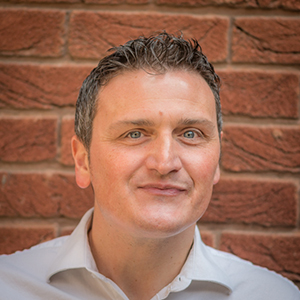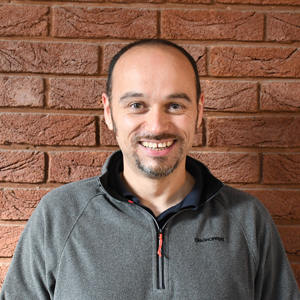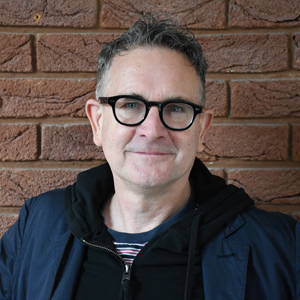Earth Sciences
Liverpool Earth Science research aims to understand the Earth from the core to surface. We employ field, laboratory and numerical techniques to provide an integrated approach to some of the most fundamental questions in our science.
We also have a dedicated high-performance computer cluster to run numerical models and process large data sets.
Meet the University of Liverpool researchers and collaborators who are contributing to the Earth Science work.
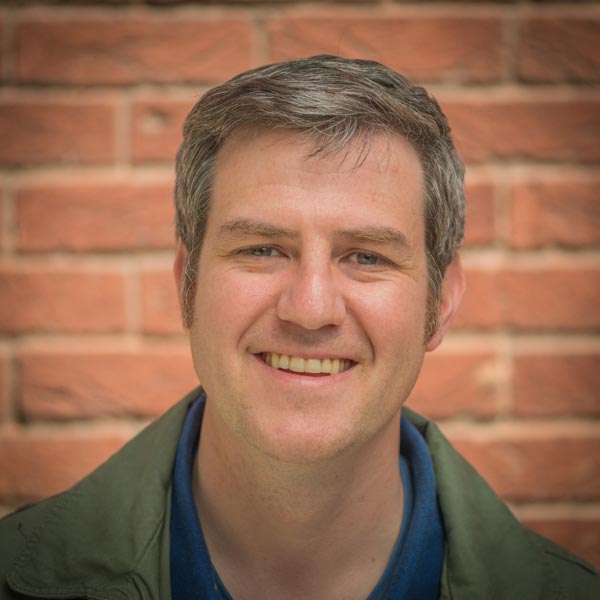
Professor Andy Biggin
Andy Biggin is an Earth scientist who leads one of the oldest palaeomagnetic laboratories in the world and the DEEP research team based within it. He obtained his PhD in palaeomagnetism in 2001 and subsequently worked in labs in UNAM (Mexico), Montpellier (France) and Utrecht (The Netherlands) before obtaining a NERC Advanced Fellowship to work at the University of Liverpool in 2009.
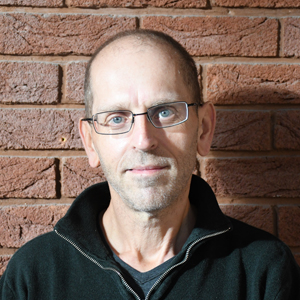
Professor Peter Burgess
Earth Scientist with 26 years post PhD experience in academia and industry as a quantitative sedimentary geologist, code developer, researcher and teacher. I completed my PhD in numerical stratigraphic forward modelling in 1994 and then worked as a PDRA in Caltech for two years, Liverpool University for two years, and then as a lecturer in University of Cardiff from 1998 to 2002.
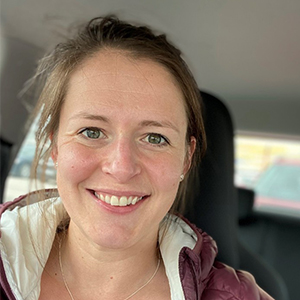
Dr Katy Chamberlain
Katy Chamberlain igneous petrologist and volcanologist, specialising in the interpretation of pre-eruptive magmatic evolution using geochemical analyses of erupted products. She has worked all over the world, studying super-eruptive processes in the Bishop Tuff (USA), ocean island volcanism at Ascension Island and the Canary Islands, and subduction zones processes in the Southern Volcanic Zone of Chile.
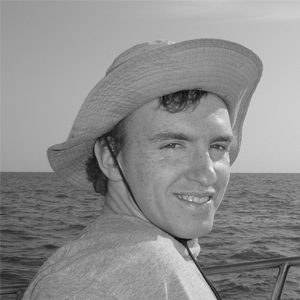
Dr Rob Duller
I am an Earth scientist with expertise in Earth surface processes and sedimentary geology. My research research focuses on combining novel and innovative techniques in sedimentology, stratigraphy, geomorphology, and basin analysis to answer timely research questions in both pure and applied aspects of the Earth sciences. I have strong research interests in sediment routing system dynamics, Earth surface morphodynamics, sedimentation & stratigraphy, and catastrophic outburst floods.
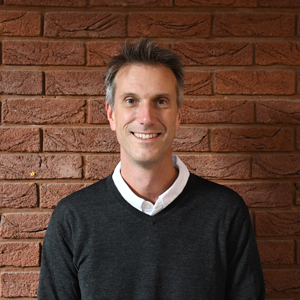
Professor Daniel Faulkner
I am an earth scientist who fascinated by how the earth deforms. Earth deformation leads to awe-inspiring natural processes such as plate tectonics, earthquakes, volcanic eruptions, and the formation of mountain belts. It has some very practical uses in trying to understand how deformation might affect the integrity of seals to carbon capture projects and nuclear waste disposal sites, the deposition of mineral resources, or the flow of fluids in the sub-surface.
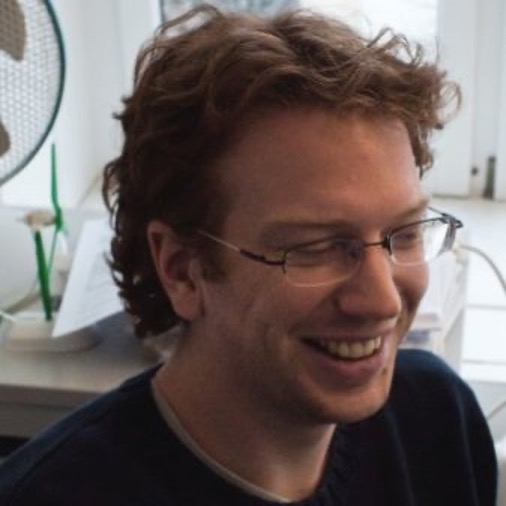
Professor Ben Edwards
Ben is an engineering seismologist with experience in research and development in both academic and industrial contexts. His research focuses on improving scientific understanding of earthquake ground motions, seismic hazard and risk, and seismic site characterization.
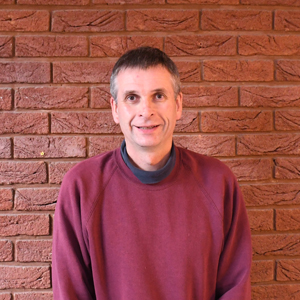
Em P Richard Holme
Modelling of the geomagnetic field, and fields of the other planets. Geophysical inverse theory.
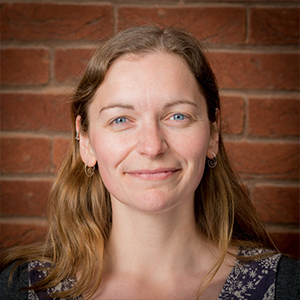
Professor Janine Kavanagh
I am a volcanologist whose research combines field studies with analogue and numerical models to gain insight into the ascent and emplacement of magmas. I am particularly interested in the dynamics of magma propagation through the crust and their consequences for volcanic eruptions. I founded the University of Liverpool's MAGMA Lab for the study of volcanic plumbing systems in 2014.

Dr Elisabetta Mariani
I am Reader in Earth Materials and Director of the SEM Shared Research Facility (SEM SRF) at the University of Liverpool. I study geomaterials in the field and in the lab to understand how their mechanical and physical properties, and their interactions with fluids, influence earthquake processes, large scale tectonics and mantle flow. My research is underpinned by quantitative microscopy methods, such as EBSD, and by experimental rock deformation.
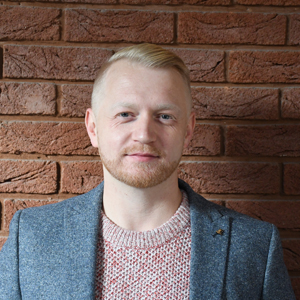
Dr David McNamara
David (he/him) is a Senior Lecturer in Geology, current Head of the Earth Sciences Research Group (ESRG), and Deputy Director of the Scanning Electron Microscopy Shared Research Facility (SEM SRF). David's research and teaching centres on links between structure, stress, mineralisation, and fluid flow and how these geological processes effect energy-critical geosystems such as geothermal resources, CO2 storage, and ore deposits, and geohazards such as fault stability and slow slip earthquakes.
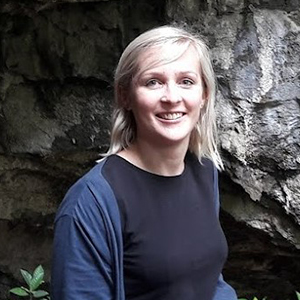
Dr Emma Michie
Emma is a Lecturer in Geology in the Department of Earth, Ocean and Ecological Sciences, where she researches into fault behaviour aimed towards the energy transition. Emma researches into fault seal capacity, fault growth history, geomechanical behaviour of faults, as well as unravelling uncertainty in seismic scale data collection. She has recently identified best practice methods for seismic interpretation of faults, as well as documenting uncertainties when using modern machine learning technologies.

Dr Christopher Stevenson
I am a sedimentologist with expertise in deep-water clastic systems. My research interests lie in exploring the processes that underpin sediment-laden submarine flows and how we can link these processes to deposits in the geological record. My work attempts to bridge the gap between what we can model in the laboratory with what we know happens in the natural world.
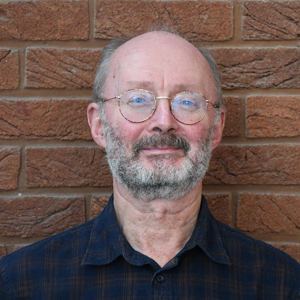
Professor John Wheeler
Passionate about research and teaching in Earth Science and beyond.
